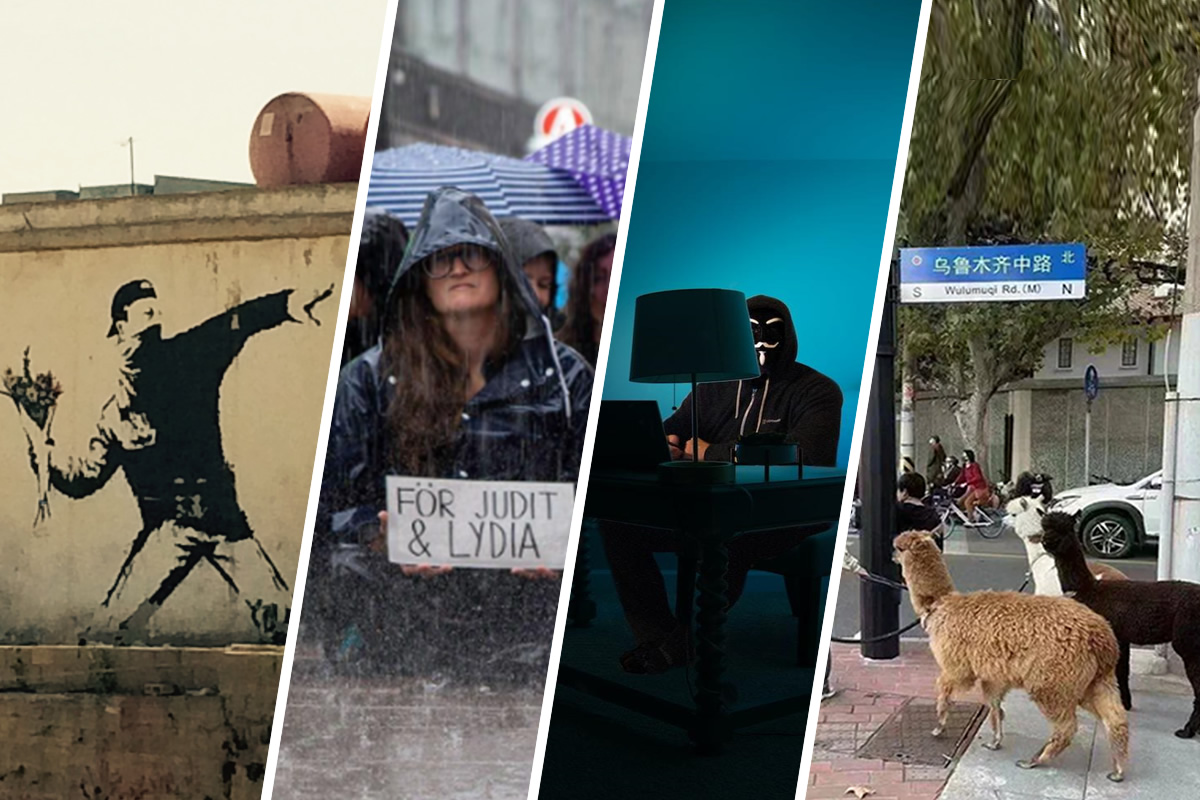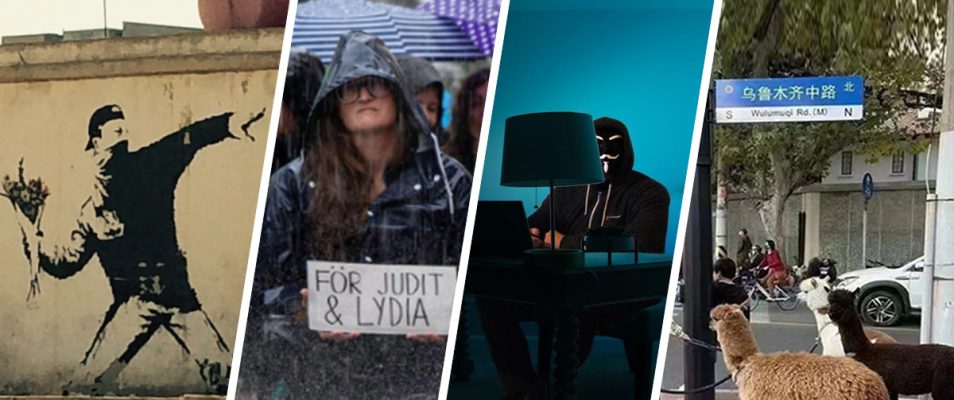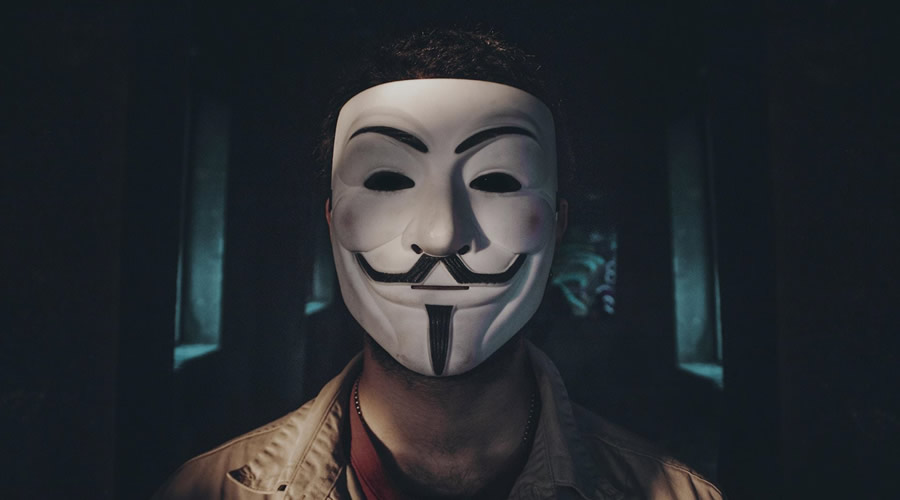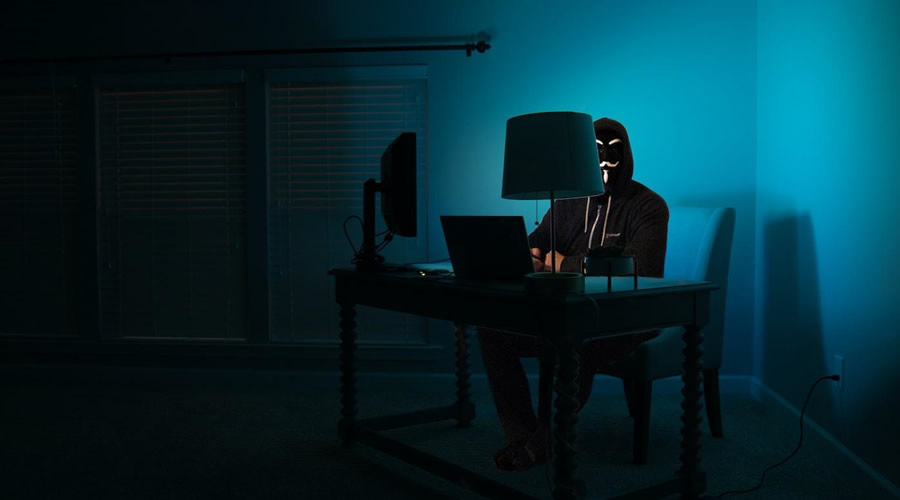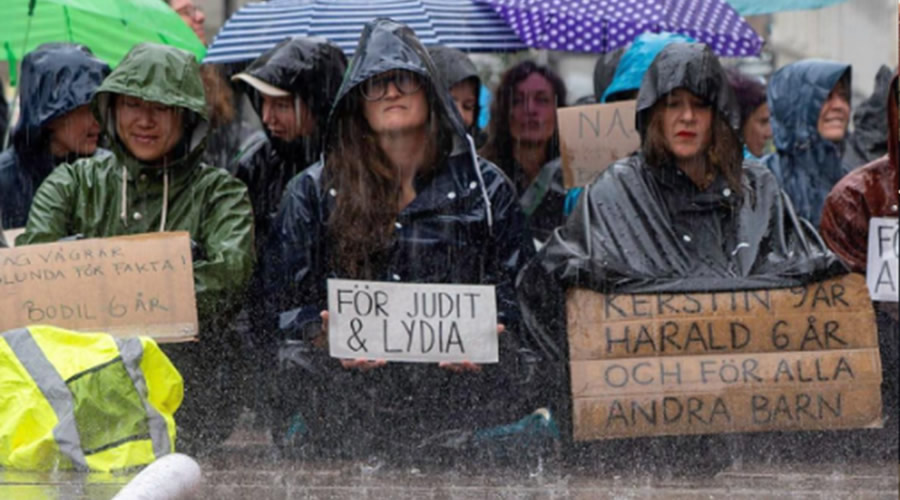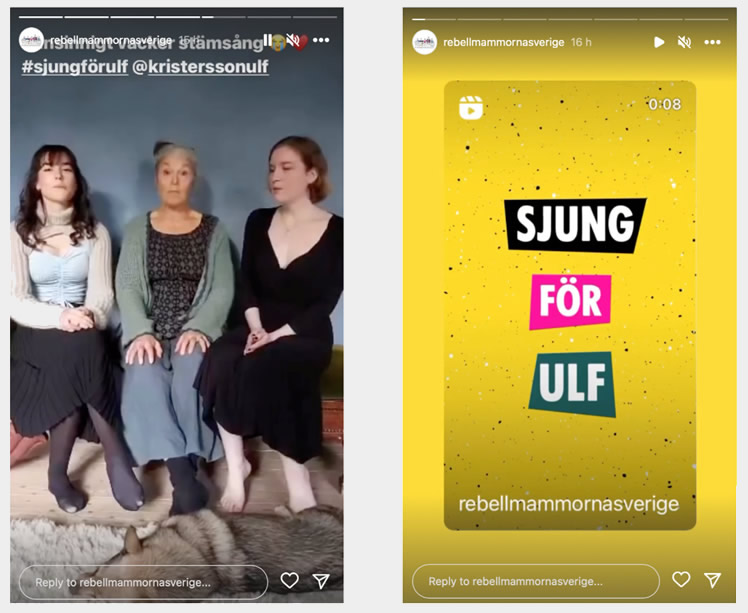How is that (il)legit activism?
In this collaborative interactive blog post, we would like to explore how activists work with interactive communication in digital ways to create dialogue and participation around development questions. With interactive communication we mean communication styles and methods that enable people to take part in movements that goes beyond just consumption, reading, and scrolling.
Is Online Activism Slacktivism?
In recent years and in parallel with the increase of activists leveraging social media for mobilizing purposes, the term and phenomenon of slacktivism is debated. The term, which combines the words slacker and activism, refers to whether or not online activism is a passive act for show or truly engaging, mobilizing, and with the possibility to lead to real change.
In this post, we will take a closer look at activists using communication methods that seem to recognize this phenomenon, and instead of attracting passive slacktivism, invite their audiences to real engagement and contribution. Could activist communication that taps into digital/viral trends achieve more than just attention? And could this type of communication lead to enhanced engagement, dialogue, mobilization, and change?
Follow us as we explore activism in digital spaces from different perspectives:
To get us started, Hampus presents a rather prominent form of activism in the online space: Hacktivism, as carried out by the Anonymous collective. From being anonymous, we move on to being silent in activism, where Stefan looks at an example for the creative use of symbols in activism in China’s heavily censored online space. Remaining in the realm of quieter forms of activism, Poli takes us on a tour of street art activism using the powerful case of the British Banksy. Still connected to the notion of art in activism, Cecilia moves on street art to digital protest songs as a form of online activism. Finally, wrapping up and connecting back to our initial notion of slacktivism, Agnes discusses the Black Lives Matter movement as an instance of clicktivism – activism that remains mostly online, but doesn’t necessarily spill over into people’s ‘real lives’.
Who Are Anonymous and What Do They Do?
Anonymous is a decentralized international collective of cyber activists and hackers who have, on several occasions, carried out security attacks against various websites. Their methods frequently include hacking accounts and performing so-called denial-of-service attacks. Anonymous have stated that their purpose is to provide civil resistance towards authorities, nations, churches, and companies who, in their opinion, have attempted to limit freedom of expression, freedom of culture, piracy, as well as online transparency. The group has also threatened specific individuals, such as journalists and writers, who have criticized Anonymous or the media organization WikiLeaks which Anonymous supports (Volle, 2023). The collective operates without organizational hierarchy. Therefore, it has very little control over who may be involved or what actions are committed in its name. “Operations”, as they are often called, are usually proposed in online communities through encrypted applications, and carried out if there is sufficient support (Volle, 2023). When a major “operation” has been carried out, an online video is usually posted on YouTube, Facebook, as well as other social media platforms in which a masked individual representing the collective explains the reasons behind the “operation”. A recent example of this is the video uploaded to YouTube in February 2022 in which Anonymous declared what they referred to as a “cyber war against Putin’s Russia” (Anonymous, 2022).
How Do Anonymous Work With Interactive Communication?
What effect Anonymous and other organizations like it has on global corporations, nations, authorities, as well as other institutions in the long run can be debated. However, when a major security attack is performed, it usually gets a lot of attention, and especially in the online sphere. Since the websites of large corporations receive a plethora of visitors on a daily basis, it will not go unnoticed if a major website becomes unavailable due to, for example, a denial-of-service attack. Since Anonymous also frequently post videos containing information to the public as to why a cyber attack has been carried out, it can definitely be stated that Anonymous meet the criteria for being a group of activists who work with interactive communication in digital ways in order to create dialogue and participation around various questions that are of importance to those who decide to carry out “hacktivism” in the collective’s name. Apart from informing the general public of their “hacktivist” actions, Anonymous also engage in interactive communication in the sense that they encourage individuals who are familiar with carrying out cyber attacks to take an active role in their collective. On online forums, Anonymous often invite their more advanced computer literate audience to become engaged and to contribute to one or several causes (Reddit, 2021). Thus, the collective invite their audience to real engagement and contribution, which in its turn leads to enhanced engagement, dialogue, mobilization, and ultimately, if an “operation” is successful, a change in how the targeted organization, enterprise, nation, or individual acts.
Now Over to You! What Do You Think: Can the Actions of Anonymous Ever Be Justified?
Finally, I would like to ask you who are reading this blog post: Can illegal activist actions such as carrying out cyber attacks ever be justified if it is done in order to promote a just cause? What constitutes a “just cause” will, naturally, always be in the eyes of the beholder. In order for you do get a better understanding of how Anonymous operate and why certain hackers are draw to the collective, I would advise you to take eight minutes out of your day and take a look at a video in which VICE News interview a hacker who explains why he initially left the collective, but later decided to return (VICE News, 2023).
Thank you for taking the time to read this blog post. If this subject interests you, please keep an eye out for future posts, where other communication and activist related subjects will be discussed.
Kind regards, Hampus
How about walking an Alpaca (and then posting about it)?
As I discussed in my introduction post, while activism is often perceived to be inherently loud as it typically has an important message to convey and thus wants to be heard, there are also some quieter forms of activism. This notion of silent activism is especially relevant for contexts such as China, where free speech is restricted and where many activist voices are censored – be it in the streets or in online spaces. […]
Full article available at request: Reach out to Stefan.
Banksy's Art
Britannica Dictionary definition of ART
1 [noncount] : something that is created with imagination and skill and that is beautiful or that expresses important ideas or feelings
So, we can say art is very useful when it comes to making people think and feel. One name that stands out very strong among the ranks of iconic artists is Banksy, the British street artist whose works break through traditional barriers. Through a combination of humour, provocation, and creative originality however, it is these topics that Banksy’s art speaks about in societies where politics, poverty and social distinction are poorly articulated.
Banksy's canvas? The ground beneath our feet!
Due to its placement on public walls and structures, everyone can see his art. It serves as a catalyst for change in the field of social activism through accessibility. The way is that, while compelling viewers to revise or change their views about the heavy matters, his works create favourable conditions for the important discussions aimed at self-reflection.
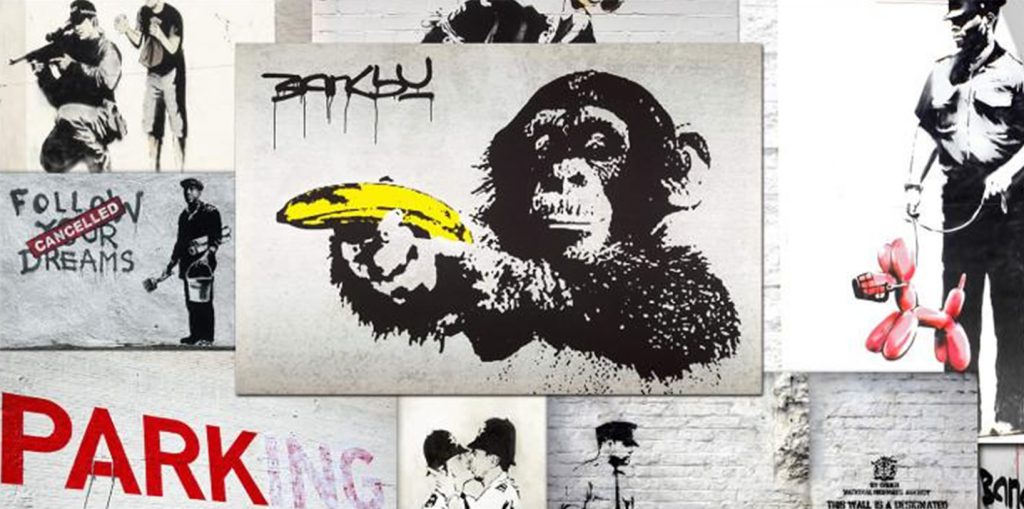
Also, the beauty of Banksy’s art lies in its impermanence – graffiti quickly fades away and stencils are removed. As we delve deeper into the world of Banksy, we’re faced with intriguing questions: Has his art been instrumental in creating consciousness around pressing societal and political concerns? Is it proper activism?
Make sure you read my last post to find out more about artivism, street art, and graffiti.
See you soon!
Poli
Digital Protest Songs a way to engage beyond passive Slacktivism of Likes?
Forget about the threats of the climate crisis, singing mothers is the new safety threat to both Ministers of parliament and democracy as a whole. At least if you want to believe Swedish Prime Minster Ulf Kristersson, who in a statement on his Instagram account (2023) expressed exactly that.
As already touched upon in a previous post, (climate) activist communication can take many different forms and shapes. Some strikes are loud and big, others small and silent, some involve mashed potatoes and priceless art, and others red robes and performance.
In Sweden, the climate activist group Mothers* Rebellion (Rebellmammorna) recently made news when two of their members decided to sing at an open question after-work hosted by Prime Minister Ulf Kristersson and his party in Malmö on the 27th of September.
The combination of music and activism is of course not a new thing and protest songs, music of resistance, or freedom songs have played a crucial role as an activist communication medium to influence, inspire, motivate, and engage in social-political movements throughout the last century. Protest songs are an effective activist communication method as they can engage people who do not normally identify themselves as activists by offering an alternative communication style to express their views, which can be perceived as less complex and easier to adopt than traditional activist street strikes. When the written word fails to convey the message, protest songs can have the ability to describe a story in a unifying, emotional way (Rojas & Michie, 2013).
Let’s come back to the specific case of Mothers* Rebellion and why it is especially interesting to look at from a communication and development perspective. Mothers* Rebellion, a climate justice activist movement tied to Extinction Rebellion (XR), wants to “show that every individual can make an impact by joining together in collective action” and “act in solidarity with people in the world who are already suffering from the effects of climate change” (MOTHERS Rebellion, 2023). Mothers* Rebellion usually gather in the street outside parliament or connected to climate-related events in a circle formation with handwritten cardboard placards with children’s names and ages.
During the open after-work event in Malmö, a member of Mothers* Rebellion was given the word after raising her hand, an opportunity that was used to remind the audience about the current government’s policies that contribute to increased emissions and put Sweden off their climate targets. This statement was followed by a protest song with the lyrics “We have gathered here. We want a living world. A future for the children, a future for the children. We want a living world.”, before the two singing activists were escorted out by security guards (Nygren, 2023).
The song, which has been used by activists of Mothers* Rebellion before, got a new response and effect, after Prime Minister Kristersson’s statement in social media, after the open after-work in Malmö. In his statement on Instagram (2023), Kristersson explains that Minister for Climate and the Environment, Romina Pourmokhtari, has cancelled a climate event due to safety reasons connected to Extinction Rebellion and accuses the activists of “trying to sabotage the democratic political processes in Sweden.” He further goes on to compare the behavior of the climate activists in Malmö with totalitarian forces seen in other countries (Kristersson, 2023).
As a way of taking a clear stand against this statement and in support of the Mothers* Rebellion activists, mothers, grandmothers, sisters, and daughters across Sweden started to upload posts of themselves singing the same protest song with the hashtag #singforulf (#sjungförulf) and with the Prime Minister and Mothers* Rebellion tagged.
This phenomenon, of online protest singing, appears to have interaction and engagement opportunities way beyond the street protests. As reach and participation are limited in the streets (spontaneously joining a choir of protest singers outside parliament is not for everyone), the online version appears as an alternative, not only more easily accessible but also as a less intimidating option for expressing one’s views. Mothers* Rebellion seems to have found an interactive communication style offering participation and mobilization options beyond the slacktivism of passive likes. The hashtag phenomenon #singforulf, has contributed to dialogue not only within climate activism movements but also opened up for a broader conversation around activism and democracy lifted by journalists, media, and scientists. #singforulf highlights the opportunities with digital protest songs as an interactive, activist communication style that can reach, attract, engage, mobilize, and create space for dialogue across societal actors.
Now over to You: What do you think about this type of digital interactive activism?
Can digital protest songs create a collective response to oppression? Would you take part in digital protest singing? Does it have the ability to reach beyond slacktivism and create societal change?
Cecilia
Slacktivism or un-awareness? Thoughts on anti-racism activism and drug-use in Gothenburg
For my part in this interactive post I would like to address a specific phenomena I noticed during the peak of #blacklivesmatter here in Sweden. It was during the covid-pandemic and we were advised (but not forced) to stay indoors and keep distance from one another. Yet, the #blacklivesmatter-movement organized a demonstration in Gothenburg which drew thousands of people. The police estimated that around 2000 people were there, so many that the police actually had to come there and end the event. (Rogsten & Börjeson, 2020)
I live in Gothenburg and I support the cause, but due to the pandemic my partner and I decided to stay at home during the demonstration. I still remember telling two of my (white, as me) friends that we were not going, and feeling judged by them. As if I did not support the cause enough when it actually mattered, not if it could cause me to get ill in covid. Perhaps they were right, that’s another discussion.
The two friends walked in the demonstration and took several pictures which they posted on social media, showing how they supported the cause. But here is the interesting part: That same weekend, these two friends went out to party. In Sweden, you could still visit restaurants and go out, although it was limited. Going out, these two friends frequently used what is known as party-drugs.
In Sweden, gang-related violence has escalated in the past years. The discussion of party-drugs and its relation to gang criminality has been ongoing for the past years as well. The critique states that (quite wealthy) people who use party-drugs are supporting the gangs financially. Which they do, although it’s not the gangs main income. According to a report, most of the people who buy and use drugs frequently in Sweden are of a low socio-economic position, and not the socio-economic high positioned people who are accused of using party drugs. (Folkhälsomyndigheten, 2021)
What I find interesting, though, is this: If you look at the people like my friends doing party drugs, they are people of a high socio-economic position, with education and well-paid jobs. Although their political views may differ, many of them vote for left wing and/or other progressive parties. They are politically aware, follow the news, and know, or should know and care about, where their money goes when buying narcotics.
The criminal gangs in Sweden evolved in suburbs with low socio-economic positions. Sweden is very, very segregated. In Gothenburg, if you go towards the wealthy areas of Långedrag and Saltholmen, the more white the population becomes. If you instead go east, towards the areas of Angered or Bergsjön, you will see that Gothenburg is a city with many nationalities, ethnicities and cultures.
The testimonies of racism from all aspects of Swedish society are widespread. Police being suspicious of you for no other reason than your skin tone. People not being able to get a job or an apartment, until they change their name to something more ”Swedish”. Doctors not believing that black women are actually sick, and the women therefore not getting the right treatment. Shortly put: It is not surprising that #blacklivesmatter engaged many in Sweden as well, and that so many people, of every skin tone, showed up for the black lives matter-demonstrations.
Now, I will not get into all the aspects that made the criminal gangs evolve in these segregated areas, but I will say that these criminal gangs are making life a living hell for the (mainly non-white) people living there, with sometimes daily shootings, adults and children being killed, and mothers being worried for their sons to get dragged into this criminal life. Not to mention the added layers of racism, when people claim that the criminality in these areas are due to ethnicity, instead of socio-economic reasons. The gangs are financed in several ways, using fraud being one, selling narcotics being another. (Alshawish & Törngren, 2023)
My friends being so supportive of the cause of black lives matter, it made me wonder: Which brown and black bodies are they supporting? Did they have such a strong focus on the killing of Geroge Floyd in the USA, or the racism being shown towards non-white people in the same socio-economic position that they are, that they did not consider the issues among non-white people of lower socio-economic positions, being victims of gang violence in Swedish suburbs? The people that they do not see in their everyday life, since they live and move in different areas of the city?
I am certain my friends, or anyone else using party drugs, do not want to support black and brown children getting killed due to gang violence. I don’t think the correlation between this and their drug use even occurred to them. As another party drug-user stated: ”I don’t think people looking for a ”fix” takes that aspect in regard” (Alshawish & Törngren, 2023, my translation).
Is it legit activism if it’s not considering these kinds of, very serious, aspects? Supporting a # and walking a demonstration, taking pictures and putting them on social media to show awareness – is it all just posing when contributing to gang finances two days later? It is important to note that they did walk with the demonstration – no one can accuse them for a kind of slacktivism with merely re-posting someone else’s thoughts and calling it activism. But the act of them posting pictures of walking the demonstration could be argued as a part of posing as well.
Now over to You: Where do the boundaries go?
All of us are simply human and no one can do, or be aware of, everything. People who care about the climate may still eat meat and fly on vacation – but would open climate activists do such a faux pas? So I guess my question is this: Where do the boundaries go? When does lack of awareness, in a cause that one on social media claims to care about, turn into slacktivism?
Would love to hear thoughts or other examples on the subjects!
Agnes
So, is that (il)legit activism?
In this collective post we have looked at (il)legit activism in digital spaces from several different angles. We hope our perspectives, examples, and the interactive contents we have linked to have added up to inspire you in ore way or another. Of course we’d love to hear your take: Are these uses of digital spaces for activism (il)legit activism? Tell us in the comments below!
Here we also want to include a nod to our colleague Indigo, who has shared a separate – but equally relevant and thematically connected – interactive post on multicultural communication in digital spaces.
References
Alshawish, K.; & Törngren, K. (2023, February 19). Polisen om droganvändarna: ”De finansierar gängen” [Police about the drug users: “They finance the gangs”]. SVT Nyheter. https://www.svt.se/nyheter/lokalt/stockholm/polisen-om-att-festknarkandet-okar-de-finansierar-den-har-varlden
Anonymous. (2022, February 26). Anonymous Message to Vladimir Putin [Video]. YouTube. https://www.youtube.com/watch?v=UpYJ-Mw1trM
Börjesson, C.; & Rogsten, E. (2020, June 7). Demonstrationen upplöstes av polis [The demonstration was broken up by the police]. Expressen. https://www.expressen.se/gt/just-nu-polisens-besked-om-stora-demonstrationen2/
Brenner, L. (2019). The Banksy Effect: Revolutionizing Humanitarian Protest Art. Harvard International Review, 40(2), 34–37. https://www.jstor.org/stable/26617408
Carey, A. (2022, December 2). China protests: What on earth is that alpaca meme all about? They Sydney Morning Herald. https://www.smh.com.au/world/asia/china-protests-what-on-earth-is-that-alpaca-meme-all-about-20221130-p5c2jo.html
Davies, H. (2022). The Revolution will not be Gamified: Video Game Activism and Playful Resistance across the Sinosphere. British Journal of Chinese Studies, 12(2), 76–100.
Ekengren, A.; & Hinnfors, J. (2014). Uppsatshandbok: Hur du lyckas med din uppsats [Essay Handbook: How to Succeed with Your Essay] (2nd edition). Lund: Studentlitteratur. ISBN 978-91-44-07490-0
Folkhälsomyndigheten. (2021). Narkotikaanvändningen och dess negativa konsekvenser i Sverige [Drug use and its negative consequences in Sweden]. https://www.folkhalsomyndigheten.se/contentassets/cee585cf5cb443368d21019e85b1c14a/narkotikaanvandningen-negativa-konsekvenser-sverige-20195.pdf
Hoseini Rad, M. (2019, November 12). Anonymous [Photography]. Unsplash. https://unsplash.com/photos/dFnoV-mpiGY
Huang, J., & Tsai, K. S. (2022). Securing authoritarian capitalism in the digital age: The political economy of surveillance in China. The China Journal, 88(1), 2-28.
Karolinska Institutet. (2022, November 30). Reference guide for APA7. https://kib.ki.se/en/write-cite/writing-references-apa-vancouver/reference-guides/reference-guide-apa-7
MOTHERS Rebellion. (n.d.). Activists sitting in the rain [Image]. https://mothersrebellion.com
MOTHERS Rebellion. (n.d.). WHAT IS MOTHERS* REBELLION? https://mothersrebellion.com/about-mothers-rebellion
Nobis, J. G. (2013). The Visual Discourse of Activism: An Analysis of the Street Art of Banksy. In: Roger, Palmer; & Richard, Miller (Eds.). Peace as a global language: Reflections on peace without boundaries. Mizuyamasangyo.
Nygren, S. (2023, September 27). Klimataktivister avbröt Ulf Kristersson AW i Malmö [Climate activists interrupted Ulf Kristersson AW in Malmö]. Aftonbladet. https://www.aftonbladet.se/nyheter/a/3Eb5ML/klimataktivister-avbrot-kristerssons-aw-i-malmo
Patterson, C. (2019, July 11). A man at a computer disguised as an anonymous hacker wearing a Guy Fawkes mask [Photography]. Unsplash. https://unsplash.com/photos/dYEuFB8KQJk
Rebellmammorna Sverige (@rebellmammornasverige). (2023, October 14) [Highlight]. Instagram. Retrieved October 15, 2023, from https://www.instagram.com/rebellmammornasverige/
Reddit. (2021, December 24). How does the hacker group Anonymous work? https://www.reddit.com/r/hacking/comments/t60d2q/how_does_the_hacker_group_anonymous_work/?rdt=40674
Rojas, E., & Michie, L. (2013). Sounds of Resistance: The Role of Music in Multicultural Activism. Bloomsbury Publishing USA.
Sullivan, H. (2022). Blank paper, equations and alpacas: the symbols of China’s zero-Covid protests. The Guardian. https://www.theguardian.com/world/2022/nov/29/blank-paper-equations-and-alpacas-the-symbols-of-chinas-zero-covid-protests
Kristersson, U. (@kristerssonulf). (2023, October 4). Posts (Instagram profile). Instagram. Retrieved October 10, 2023, from https://www.instagram.com/p/Cx_RMVuMawb/?hl=en
VICE News. (2021, September 21). “I Left Anonymous. Now I’m Back” – Super Users [Video]. YouTube. https://www.youtube.com/watch?v=sNEA0sglO5A
Volle, A. (2023, October 11). Anonymous – Digital activists. Britannica. https://www.britannica.com/topic/Anonymous-hacking-group
Yuan, S. (2022, November 27). They literally removed the sign of “Urumqi Road”. Twitter. https://twitter.com/krislc/status/1596905732502339586

